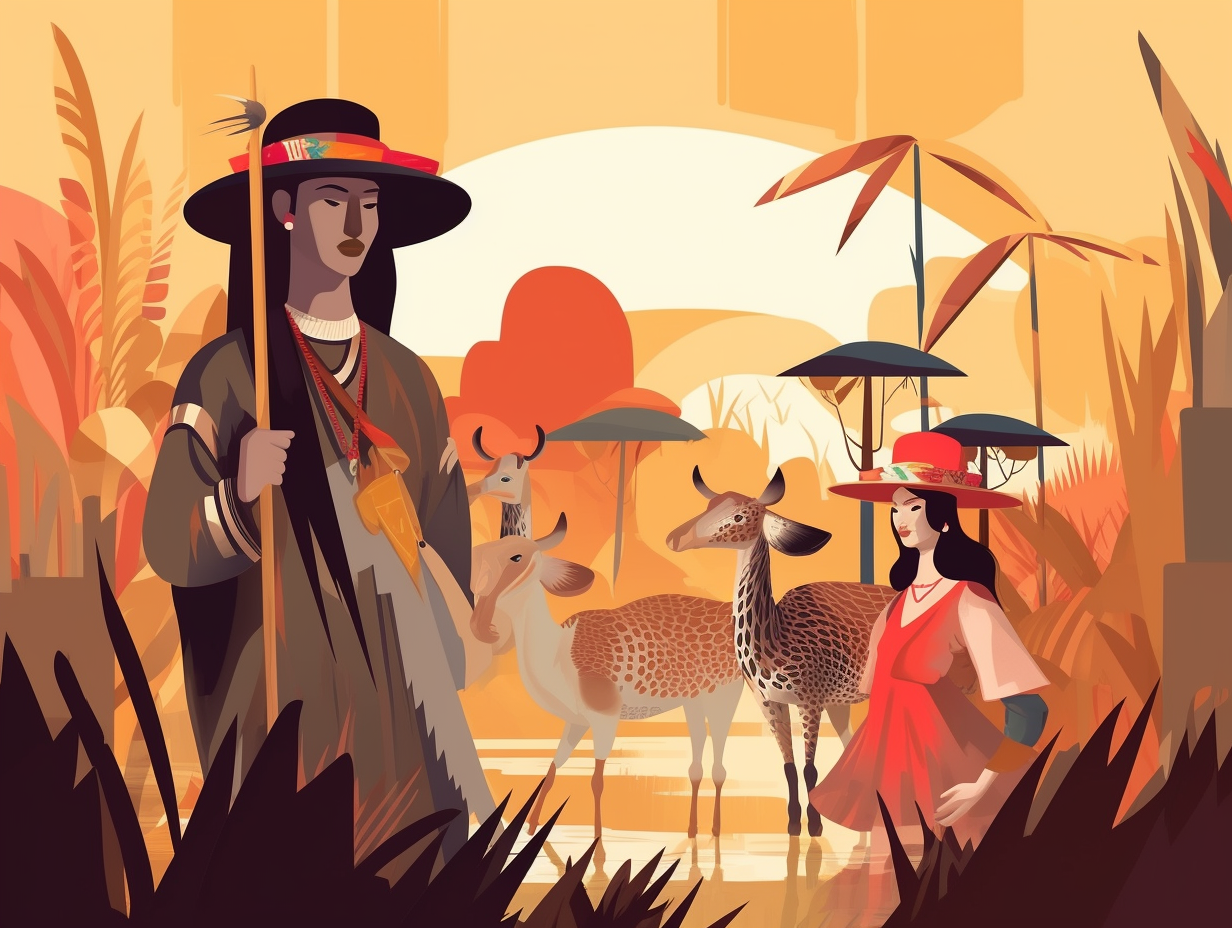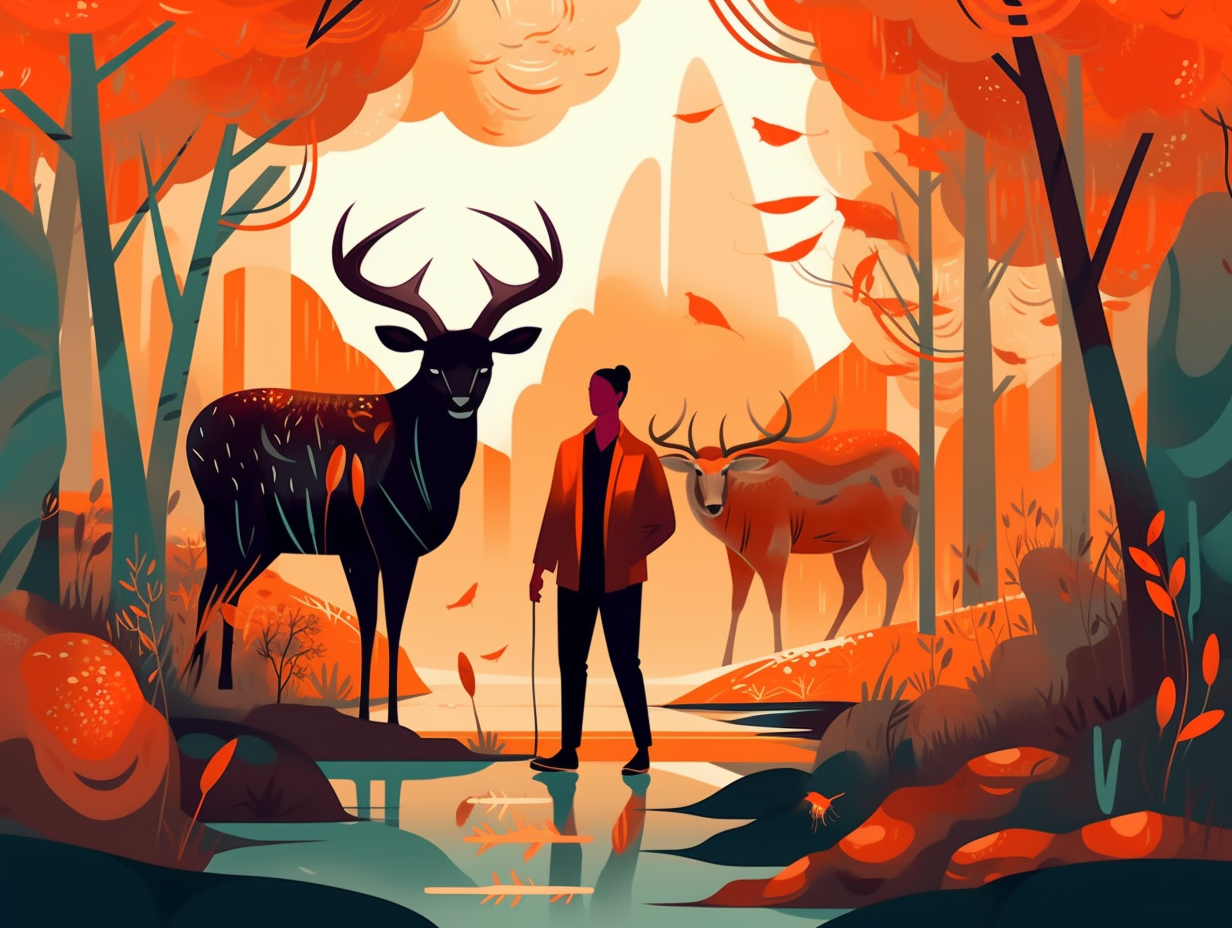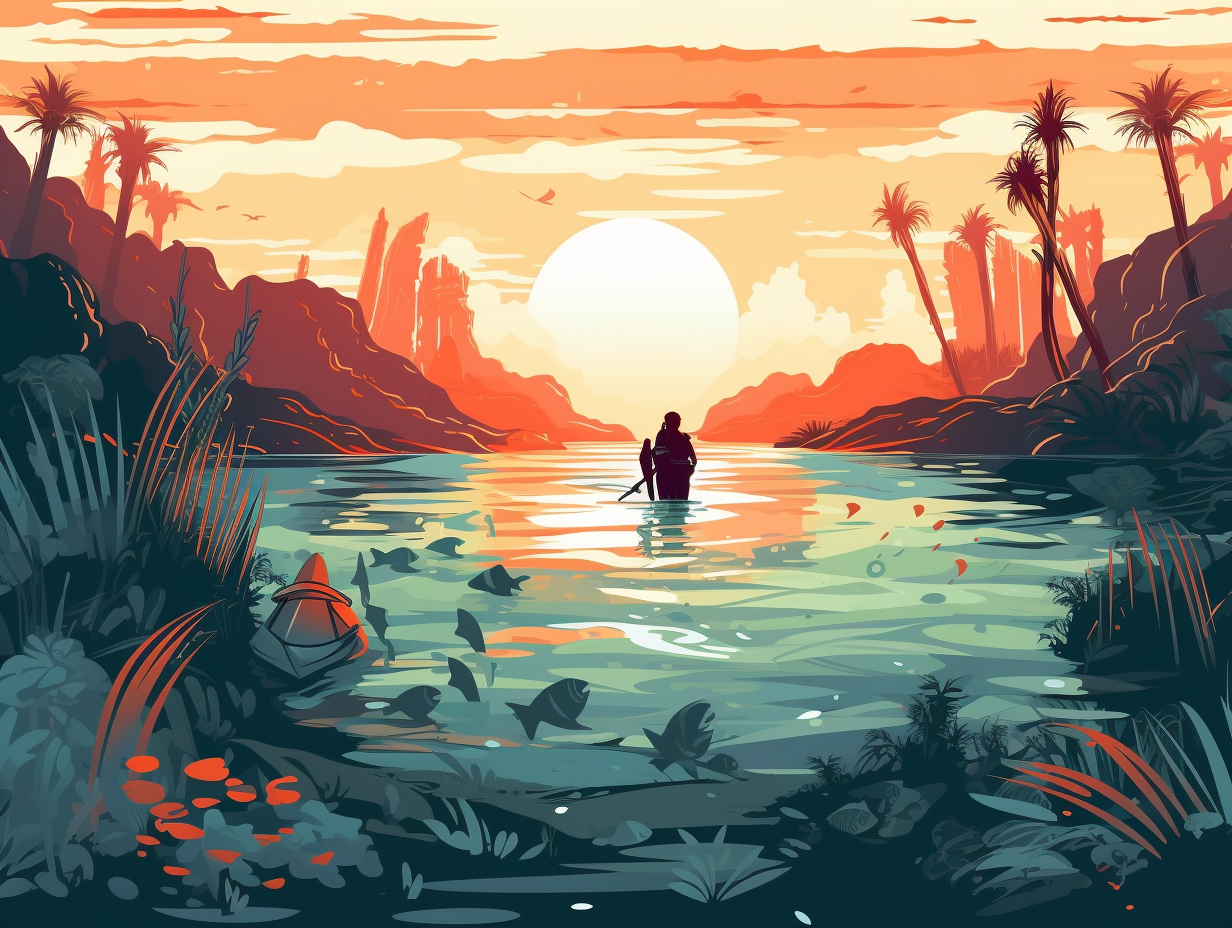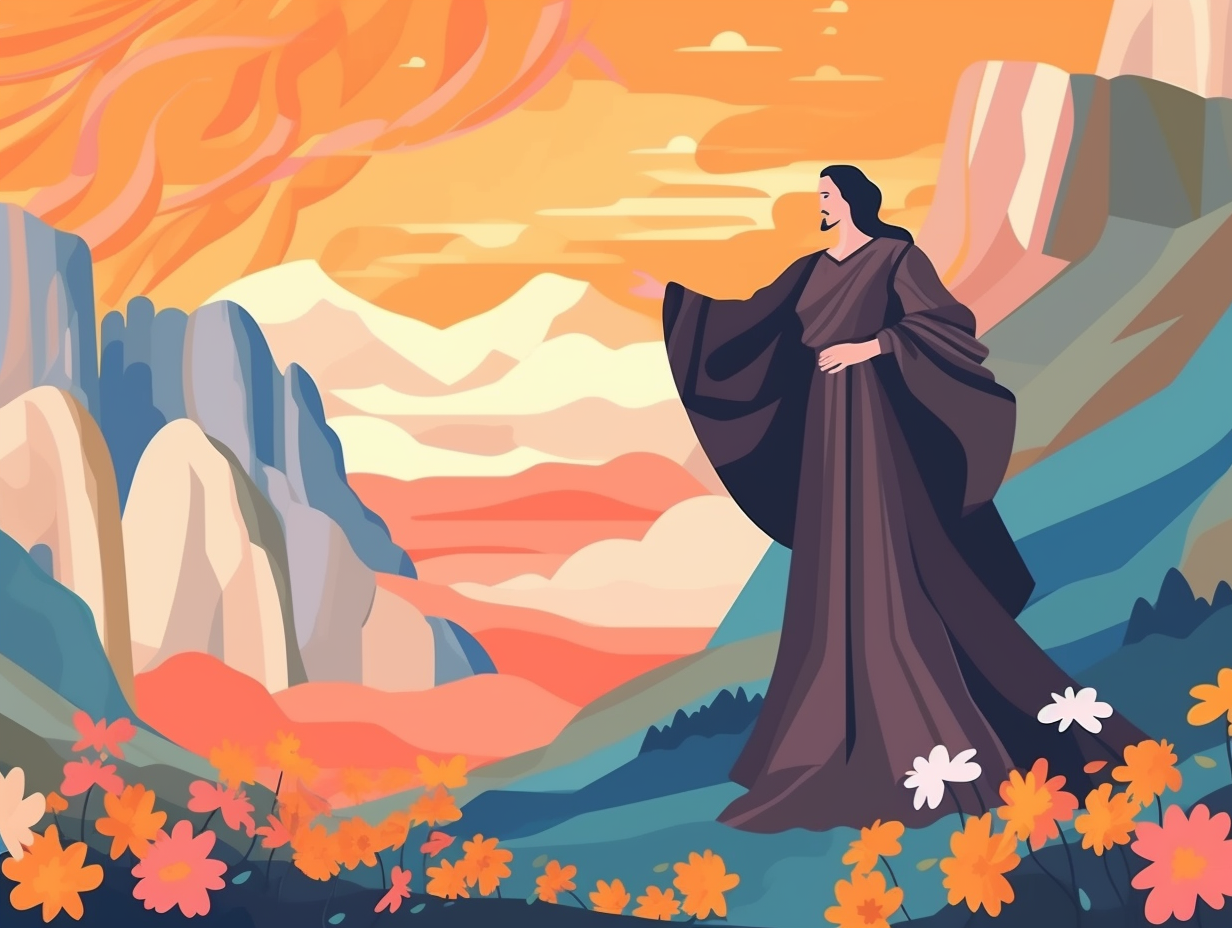Explore Arizona's Wonders: Top 13 Fun Facts for Kids to Uncover!

1. Explosive Asteroid Dodgeball
When Earth played a rather explosive game of dodgeball with a small asteroid: Meteor Crater in Arizona was created 50,000 years ago by a tiny space rock's impactful landing, unleashing an explosion equal to 10 million tons of TNT! Measuring 3900 feet wide and 570 feet deep, it's now the best-preserved crater on Earth, stealing the hearts of tourists and scientists alike.
Source => meteorite.com
2. Arizona's Bat-tastic Diversity
Arizona bats may be nature's most misunderstood and underappreciated wingmen, but there's more to them than meets the gothically keen, night-loving eye: The state is home to an impressive 28 species of bats, making it second only to Texas in bat biodiversity, while these echo-locating residents delight in keeping pesky insects at bay and are unlikely to cause any twilight turmoil to humans.
Source => azcentral.com
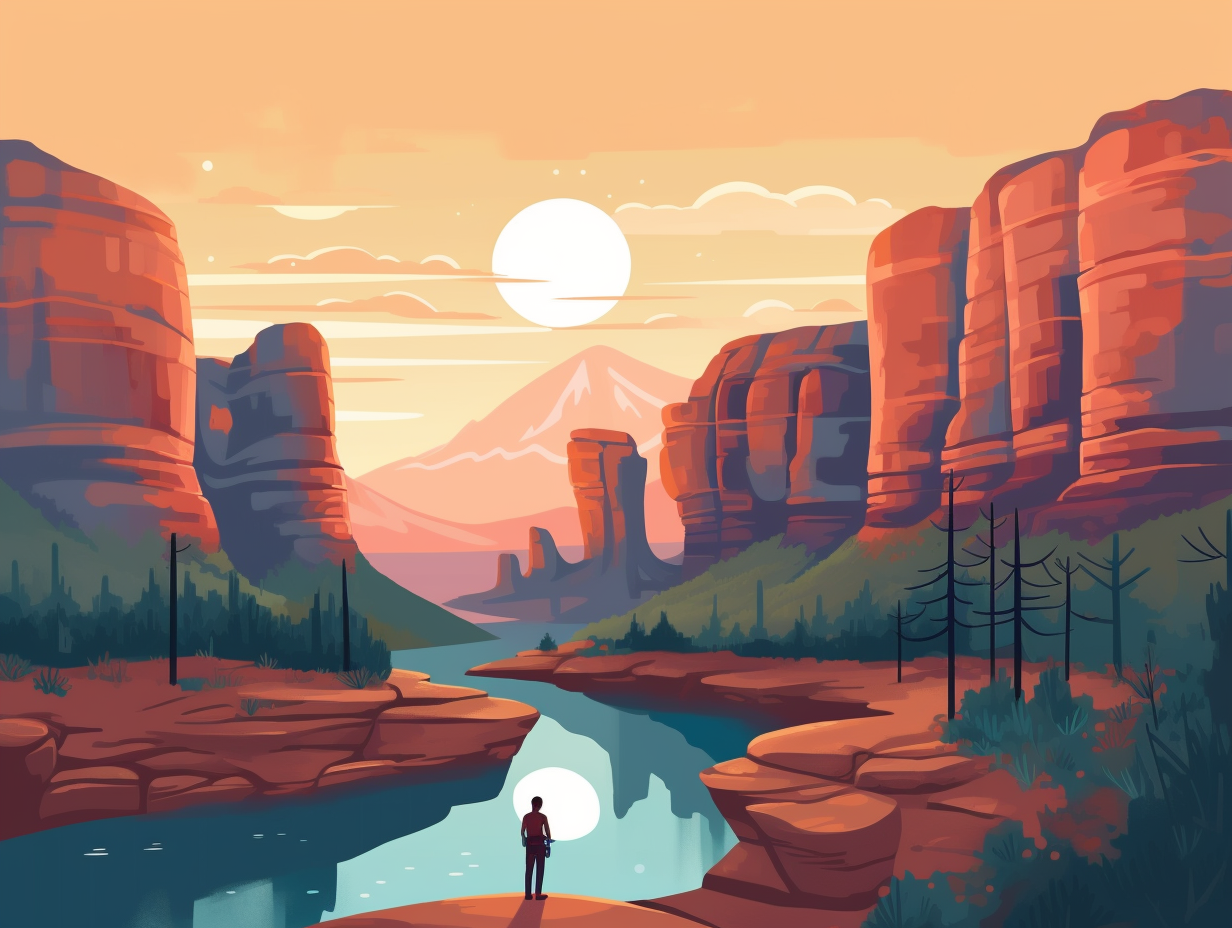
Did you know that climbing Cathedral Rock in Sedona can give you a divine experience and heavenly views? Discover this mesmerizing formation and its awe-inspiring panorama! 🏜️✨
=> Fun Facts about Sedona
3. Havasu Falls: VIP Swimming Oasis
Word on the canyon is, there's a hidden swimming oasis that shames all other swim spots, but it’s pretty exclusive, and they don’t just let anyone dive in! The inside scoop: Havasu Falls in Arizona cascades down mesmerizing red rock cliffs into a mesmerizing turquoise pool. This natural wonder, worth the challenge to access, is nestled within the Havasupai Reservation rather than Grand Canyon National Park, so start practicing your competitive reservation skills if you plan to get up close and personal with this stunning playground.
Source => mygrandcanyonpark.com
4. Arizona's Ancient Lumber Party
Long before Treebeard was wandering Middle-earth, Arizona hosted its own ancient lumber party: The Petrified Forest National Park boasts petrified logs up to 200 feet tall, dating back over 200 million years to the Triassic Period and forming one of the largest concentrations of petrified wood in the world.
Source => nps.gov
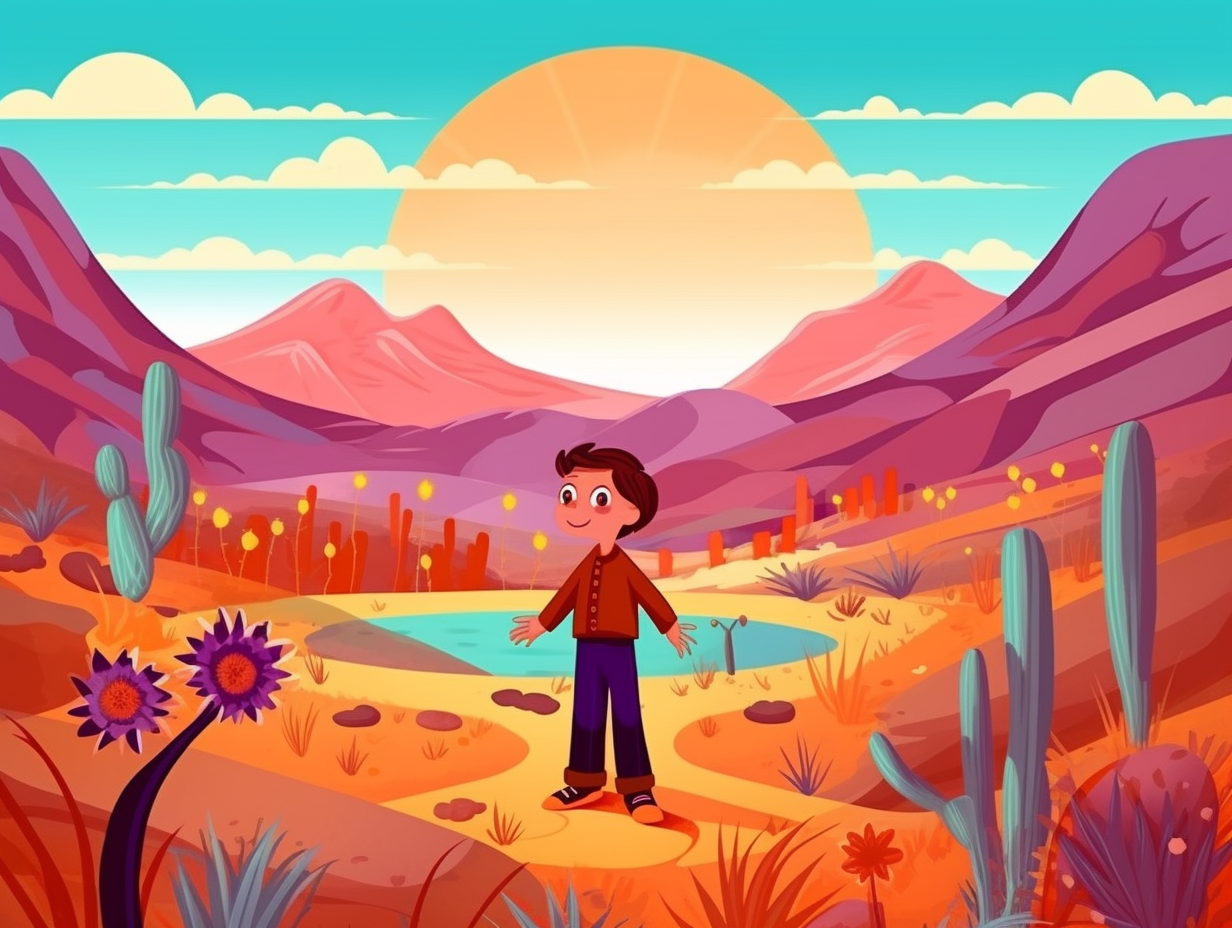
5. Arizona's Very Own Hollywood
Roll out the red carpet and saddle up your horses: Arizona has its very own Hollywood! Old Tucson Studios, built in 1939 as a Wild West wonderland for the movie Arizona, doubled as a set for classics like Gunfight at the O.K. Corral, Rio Bravo, and even Little House on the Prairie. Rising from the ashes after a fiery fate in 1995, the park now flashes its facelift with 12 spanking new movie-quality sets, all set to ride off into the sunset once more on October 6, 2022.
Source => en.wikipedia.org
6. Saguaro Cactus: Thirsty and Tall
If the Saguaro cactus had a dating profile, it'd probably say, "Might be short now, but just wait a few decades, and I'll be the tallest, thirstiest hunk in the Sonoran Desert! Swipe right if you're into tall cacti with deep roots and big dreams": The Saguaro cactus takes up to 10 years to grow just 1.5 inches tall but can eventually reach heights of 60 feet, and when hydrated, it can weigh up to 4800 pounds! While most of its roots are shallow, it has a main tap root that goes more than 2 feet underground. After its death, its woody ribs have a variety of uses, from building materials to ancient canteen-makers for Native Americans.
Source => desertmuseum.org
7. Montezuma's Luxurious Penthouse
Who needs a high-rise condo when you can have Montezuma's penthouse? Talk about ancient luxury with unbeatable desert views: Montezuma Castle, a National Monument since 1906, is a 20-room cliff dwelling built in AD 1100 by the ingenious Sinagua people, who thrived in Arizona's unforgiving landscape for centuries.
Source => nps.gov
8. Javelinas: Wild Pigs with Attitude
When not singing "My Javelinas" to the tune of "My Sharona", these wild Arizonan pigs flaunt some dental accessories fiercer than a rapper's grill: Javelina, or collared peccary, sport inch-long canine teeth that they use to protect their family groups, made up of 10 to 53 members while communicating their boundaries through a symphony of sounds and smells to secure their territory for sleeping and dining.
Source => desertmuseum.org
9. Turquoise: Ancient Bling & Healing
Who knew that ancient bling-bling could soothe a scratchy throat and fend off the sniffles? It turns out that turquoise, a rock star gemstone found in Arizona, plays more than just an eye-catching role in your grandma's jewelry box: This vibrant blue-green beauty has been used for centuries not only as a stunning accessory, but also as an energy-boosting talisman believed to ward off viruses, ease sore throats, and even help balance that all-important throat chakra.
Source => firemountaingems.com

10. Apache Trout: The Arizona Exclusive
Arizona's fish are no "trout" of the ordinary: The Apache Trout, Arizona's state fish, can only be found in the state itself, dwelling in the cold streams and lakes of the White Mountains, but sadly, it's now considered critically endangered due to habitat issues and nonnative species.
Source => inthecurrent.org
11. Monument Valley's Sandstone Celebrities
Move over, Hollywood: Arizona's got its own stars standing tall and proud! These sandstone celebrities, known as buttes, have stolen the limelight in countless classic Western films and TV shows: Formed over millions of years through wind and rainwater erosion, they rise hundreds of feet above the desert floor in Monument Valley. You can visit these geological A-listers at the Monument Valley Navajo Tribal Park, which welcomes 350,000 starstruck fans every year.
Source => trafalgar.com
12. Speedy Red-Breasted Mergansers
Move over, Speedy Gonzales, there's a new avian speedster in town: The red-breasted merganser holds the title of the fastest duck species, reaching speeds of 80 mph (or even 100 mph with a nice tailwind), although it only maintains this feather-fueled fury for short bursts while soaring in search of fishy feasts and crustacean canapés in its northern breeding grounds and warmer coastal hangouts.
Source => a-z-animals.com
13. Boojum Trees: Upside-Down Carrots
What do upside-down carrots and ancient giants have in common? Arizona's wacky boojum trees, of course! These spiky oddballs would make any dinner party awkward – but don't worry; they're not on the guest list: Boojum trees, native to the Sonoran desert of Arizona and Baja California, grow painstakingly slow, taking 10-20 years to sprout a measly foot and eventually reaching a colossal 70 feet tall. Protected in Mexico, these trees bloom sweet-scented flowers that attract bees, hummingbirds, and butterflies, ensuring they'll be spinning their upside-down carrot tales for centuries.
Source => tucson.com
Related Fun Facts



